Schneider Electric Rechargeable batteries
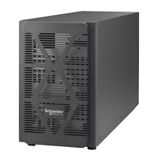


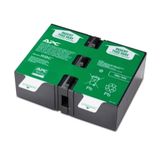
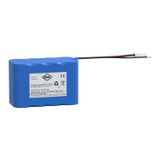


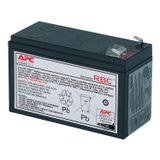

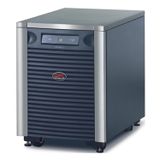
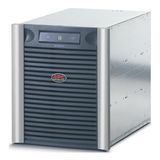
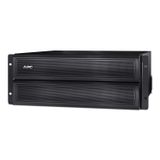
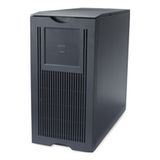
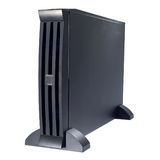

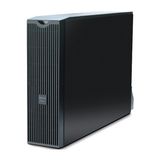

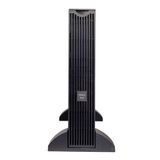



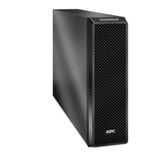
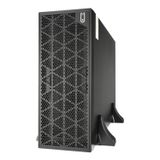



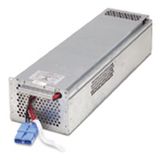
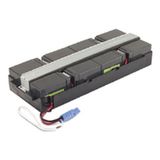

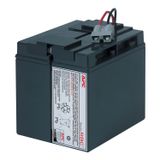
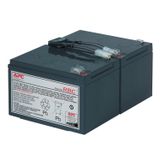
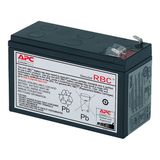

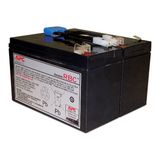

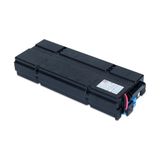
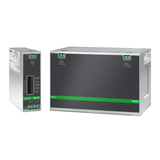
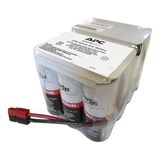


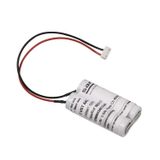

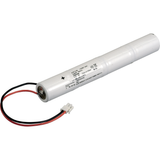
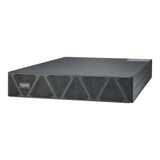
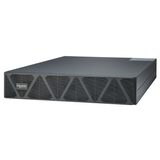

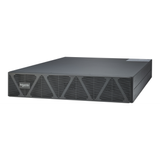


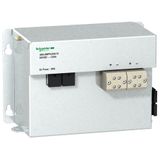
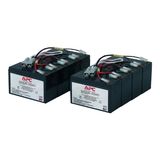
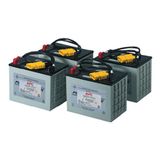
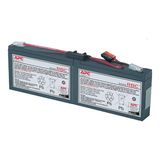
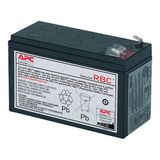
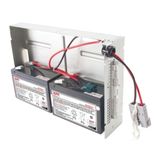
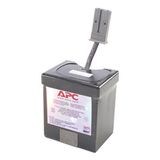
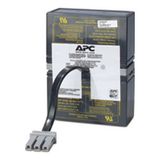
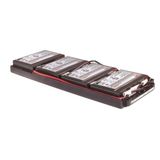

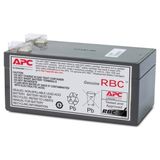
Schneider Rechargeable Batteries for panels, tools, and backup rails
Engineers use this portfolio to keep PLCs, gateways, HMIs, and field gear alive during brownouts and controlled shutdowns. Chemistries focus on Li-ion (LFP/NMC) for high cycle life and energy density, with sealed VRLA where ambient or budget favors lead. Typical 24 V DC assemblies pair hot-swappable packs with DIN UPS controllers that manage charge, health, and load shedding. Nominal capacities run from 1–20 Ah at 24 V for control rails and 50–200 Wh handheld packs; charge rates up to 0.5–1 C depending on thermal limits and enclosure airflow.
Schneider Li-Ion Battery Packs classes and form factors
- DIN-rail 24 V packs with tool-less latches for control cabinets; embedded BMS reports SoC/SoH, cycle count, and temperature.
- Panel-mount bricks for HMI/IPC and edge switches; locking DC jacks, reverse-polarity protection, and remote inhibit for service.
- Handheld/portable packs (18650/21700 based) for inspection lights and instruments; USB-C PD or dock charging with fuel-gauge reporting.
- Ruggedized modules for cold rooms and wash-adjacent corridors using LFP cells and conformal-coated PCBs.
Cable sets, fuse holders, and thermal spacers are common across sizes so panel shops can standardize BOMs and torque charts.
Technical specifications and standards
Electrical: 12/24/48 V DC families; max discharge currents sized for inrush of PLC racks and radio modems; ripple control protects sensitive loads.
Safety/compliance: Li-ion packs tested to UN 38.3 (transport), cells/modules to IEC 62133 / IEC 62619; pack assemblies to UL 2054 where required. VRLA modules meet IEC 60896.
Protection: BMS with cell balancing, OVP/UVP, OCP/OTP; contactor or solid-state output with pre-charge to tame inrush on capacitive rails.
Environment: operation −20…+50 °C (chemistry-dependent), storage −20…+60 °C; LFP favored above +40 °C or where long float life is needed.
EMC/installation: immunity to EN 61000-6-2; cabling per IEC 60204-1; vibration per IEC 60068-2-6/-27 on industrial variants.
Schneider Backup Battery Systems for 24 V DC rails and IPCs
UPS controllers supervise charge (CC/CV profiles matched to chemistry), run self-tests, and expose alarms over dry contact, Modbus/RTU, or CANopen. Modes include:
- Ride-through (milliseconds to seconds) for contactors and I/O.
- Graceful shutdown for IPCs via programmable delay and signaling.
- Extended hold-up for radios/IIoT gateways during grid transitions.
Hot-swap is supported by ideal-diode paths and backfeed protection; parallel packs can be added with automatic current sharing when longer autonomy is required.
Applications and compatibility
- Control cabinets: PLC/SCADA nodes, safety relays, and switches stay online during upstream trips; event logs capture the cause instead of losing data.
- Drives and robotics cells: buffered 24 V keeps encoders and brakes powered for controlled stop.
- Telecom/IIoT gateways: extended autonomy for remote panels; temperature reporting guards against enclosure heat-soak.
- Portable maintenance gear: shared packs run lamps, testers, and labelers with a common dock footprint.
Mechanically and electrically, the packs land cleanly beside Acti9 protection, TeSys starters, Modicon I/O, and Harmony accessories; wiring, labels, and status contacts follow the same cabinet conventions.
System architecture and wiring practice
Place the charger/UPS near the 24 V SMPS, then route to the battery pack with short, fused leads. Keep DC returns star-pointed to avoid ground loops; bond pack cans where specified. Size conductors for peak discharge and voltage drop under worst-case load; observe bend radii and strain relief near door swings. In hot cabinets, derate charge current or move packs to ventilated zones. For IPCs, use dedicated shutdown inputs; for PLCs, map alarms to the HMI and historian.
Selection criteria for B2B engineers
- Chemistry and life: choose LFP for long calendar life and wide thermal window; NMC where Wh/L matters.
- Voltage and autonomy: 24 V for control rails; 48 V for PoE switches; compute Ah from load (A) × minutes/60 with 20–30 % reserve.
- Interface and monitoring: dry contacts for simple panels; Modbus/CAN for fleet diagnostics (SoH, cycles, temperature).
- Charge profile and environment: cap charge current in high ambient; specify low-temp variants for cold rooms.
- Service model: hot-swap latches, keyed connectors, and front-accessible fuses shorten MTTR; standardize one connector family across sites.
For cabinet spares and IPC hold-up, tie procurement to the exact schneider battery modules approved in your drawings.
Procurement and kitting for OEM programs
Fix a short, repeatable kit per frame size: charger/UPS, pack, cable set with fuses/lugs, thermal spacer, labels, and a test checklist. Add shutdown harnesses for IPCs and pre-crimped alarm leads for PLC DI. For retrofit fleets, include adapter plates so legacy holes match new latch patterns. This keeps multi-site rollouts orderly and compatible with your documented schneider energy storage policy.
Advantages of working with Bankoflamps
Bankoflamps aligns pricing to your one-line and cabinet layouts and shows live EU stock before you commit. Quotes typically land in about an hour. Ordering by EAN/MPN prevents variant drift; your portal exposes lead times, shipment status, and downloadable price lists. Approved partners can use post-payment up to 30 days. We consolidate partials to reduce freight and hold price-validity windows so phased builds stay predictable. Your account manager cross-checks voltage, chemistry, autonomy, interfaces, and mounting kits against your drawings so the batteries arrive rail-ready—no missing cables or fuses on site.